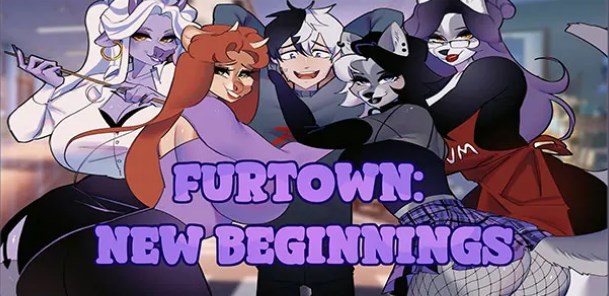While Ryan Coogler’s latest film *Sinners* may appear on the surface to be a gripping vampire horror story, it is the film’s rich cultural and historical texture that sets it apart as a truly original cinematic experience. Set in 1930s Mississippi, *Sinners* intricately weaves African-American blues—once controversially labeled “the devil’s music” by religious figures—into its narrative, using the genre as a powerful lens through which to explore the lives of its predominantly Black ensemble cast, led by Michael B. Jordan in a dual role as twin brothers Smoke and Stack.
In his enthusiastic review of Sinners for IGN, Eric Goldman notes how integral music is to the film’s DNA: “Beyond the blood that vampires crave, *Sinners* pulses with music, starting with the blues that Sammie [Miles Caton] and Delta Slim (Delroy Lindo) are hired to perform at Smoke and Stack’s club.” Coogler uses this musical foundation to delve deeper into the universal emotional power of music across generations and cultures. As Goldman observes, “Coogler uses it to examine how music bonds people, even when they’re unaware of its lineage.”
This theme extends beyond blues into Irish folk traditions, embodied by Remmick (played by Jack O’Connell), the charismatic vampire leader. His character serves as a fascinating counterpoint to the blues-driven human world, drawing parallels between the two cultures’ histories of oppression and resilience. Both musical forms receive dramatic, emotionally charged performances within the film—set pieces that, as Goldman describes, give *Sinners* a “musical adjacent” quality and allow audiences to feel how deeply music reverberates through time and memory.
Coogler leverages these two distinct musical traditions—African-American blues and Irish folk—to illuminate shared struggles under colonial systems. Each genre becomes a vehicle for storytelling, identity, and resistance, with standout scenes that blur the lines between past and present, reality and myth.
IGN: Can you talk about what blues music means to this world and these characters?Ryan Coogler: The blues is an affirmation of full humanity. It exists alongside church music—the soul versus the flesh. While church music often edits out pain and desire, blues embraces them. It acknowledges suffering, sexuality, anger, and imperfection without judgment. That’s why the juke joint becomes such a sacred space—it’s where people can be themselves, express their desires, and celebrate life despite hardship. There's no hypocrisy in the blues; it accepts you as you are. That’s incredibly powerful, especially for people who have been historically denied their full humanity.
IGN: What’s your take on the vampire community? They bring together people from different backgrounds but function as a collective rather than individuals. How do you see that dynamic playing out?
Ryan Coogler: I wanted the film to belong to the audience. Whatever interpretations viewers bring, they’re valid. But personally, writing Remmick was one of the most fulfilling experiences I’ve had with a villain—almost as personal as Killmonger in *Black Panther*. I loved developing him as a master vampire who appears one way but reveals himself to be something entirely different. His relationship with race, identity, and community is complex, and watching the audience discover that journey is going to be special.
25 Best Vampire Movies of All Time
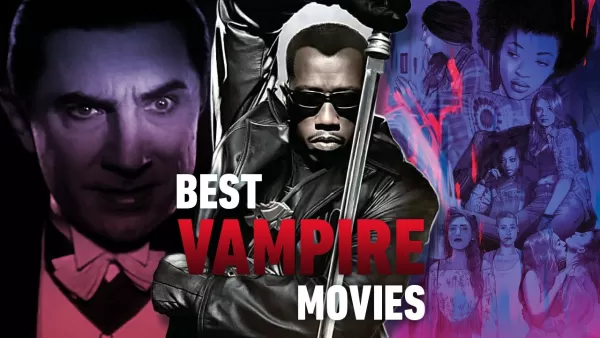
 26 Images
26 Images

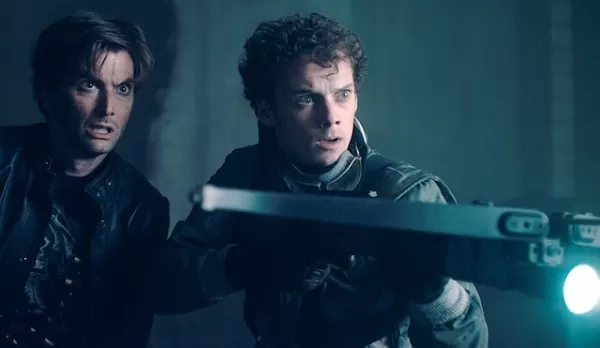
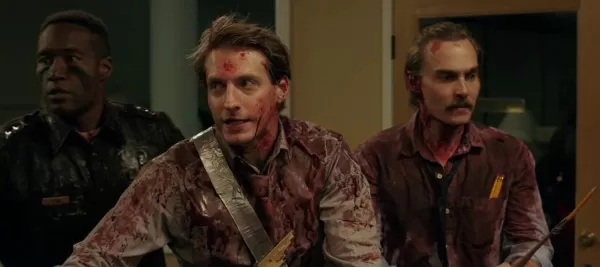
IGN: Two of my favorite moments are the big musical set-pieces—the juke joint scene and the later vampire sequence. They're unforgettable.
Ryan Coogler: Those scenes are the heartbeat of the movie. They’re about fellowship, love, and defiance against oppressive forces. These people were denied joy, expression, and freedom—but music gave them a way to reclaim it. Watching those scenes come together was electric. I wanted to recapture that sense of wonder you felt seeing something groundbreaking for the first time—like walking into a drive-in in the '90s and seeing a dinosaur next to a jeep for the first time. That’s the feeling I want audiences to get from *Sinners*.
Sinners Gallery

 12 Images
12 Images
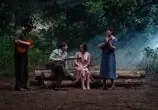


IGN: The juke joint scene is shot as a single continuous take. Visually, it feels timeless. When did you decide to play with time like that?
Ryan Coogler: That idea came during the writing process. Vampirism alone wasn’t enough—I needed other supernatural elements to elevate the storytelling. Cinema has the unique ability to make the audience feel what the characters are experiencing. I wanted to capture that transcendent moment when a performance hits so hard it feels like you leave your body. The juke joint culture emerged because people were denied freedom, but through music, they could connect across generations. That’s what I tried to show visually.
IGN: Later, there’s another incredible musical moment, this time from the vampires’ perspective, rooted in traditional Irish folk music.
Ryan Coogler: Irish folk music carries the same kind of contrast as delta blues—it mixes sorrow and energy in a way that feels contradictory yet beautiful. Songs like “Rocky Road To Dublin” tell heartbreaking stories with wild enthusiasm. And that’s exactly what Remmick and his people embody. They understand struggle, they know how to fight monsters, and they know how to hide meaning in plain sight. Just like the humans, they find strength in unity, in music, and in celebration—even in the face of tragedy.
IGN: So, it’s about resilience.
Ryan Coogler: Exactly. At the funeral, we’re sad, but we dance. That’s African culture. That’s Irish culture. We’re not going to cry—we’re going to throw a party. We’re not going to let them see us break. That’s the spirit behind both the blues and the folk songs. And that’s what makes *Sinners* more than just a vampire movie. It’s a film about survival, identity, and the music that connects us all.







